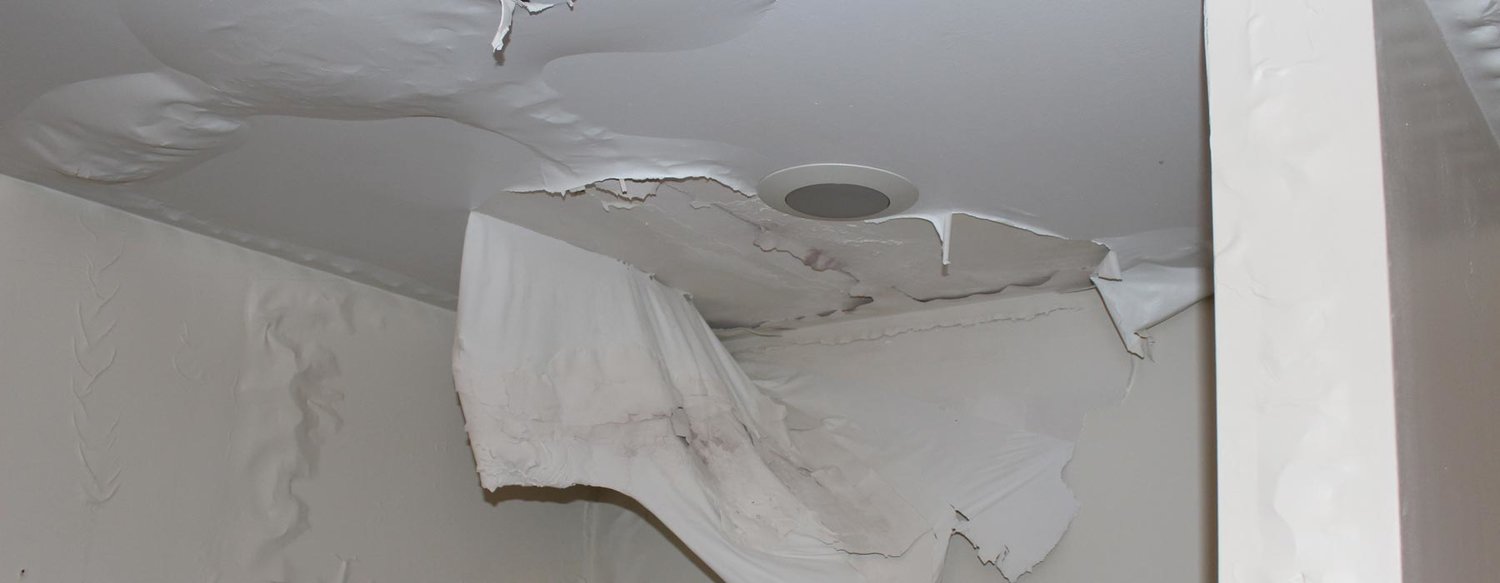Right here in the next paragraph you will find a good deal of brilliant help and advice in relation to Ways to Reduce The Risk Of Fire And Water Damage.

Water gives life, however water intrusion on some parts where it's not supposed to be can lead to damage as well as trouble. If the water seeps into your structure, it can peel off away the surface area and also wear down the product's structure. Mold and mildew as well as mold additionally grow in a moist setting, which can be hazardous for your as well as your family members's wellness. In addition, residences with water damages smell old as well as stuffy.
Water can come from lots of sources like tropical storms, floods, ruptured pipes, leaks, and also sewer issues. It's much better to have a functioning knowledge of security preventative measures if you have water damage. Here are a few guidelines on just how to deal with water damages.
Do Prioritize Home Insurance Coverage Insurance Coverage
Seasonal water damages can originate from floodings, seasonal rainfalls, and also wind. There is also an incident of an unexpected flood, whether it came from a malfunctioning pipeline that suddenly bursts into your home. To protect your residence, obtain home insurance that covers both acts of God such as natural tragedies, and also emergencies like busted plumbing.
Don't Forget to Switch Off Utilities
When calamity strikes as well as you remain in a flood-prone location, shut off the major electric circuit. Turning off the power protects against
When water comes in as water offers as a conductor, electric shocks. Do not forget to switch off the primary water line valve as a method to prevent even more damages.
Maintain your furnishings secure as they can move about and create additional damage if the floodwaters are obtaining high.
Do Remain Proactive as well as Heed Weather Condition Informs
Storm floodings can be very uncertain. Stay aggressive as well as ready at all times if you live in a location pestered by floods. Pay attention to the information and evacuation cautions if you live near a body of water like a river, creek, or lake . Secure your valuables and vital records from the ground floor and basement, then put them in a safe place and also the highest possible level.
Do Not Ignore the Roofing System
Your roofing contractor must take treatment of the faulty gutters or any various other indicators of damages or weakening. An assessment will certainly protect against water from flowing down your wall surfaces and also soaking your ceiling.
Do Take Notice Of Small Leaks
There are red flags that can draw your focus as well as suggest to you some weakened pipelines in your house. Signs of red flags in your pipes include gurgling paint, peeling wallpaper, water touches, water discolorations, or leaking sounds behind the wall surfaces. Repair work and also examine your plumbing fixed before it results in substantial damage to your residence, finances, as well as an individual headache.
Do Not Panic in Case of a Burst Pipe
Timing is key when it comes to water damage. If a pipe bursts in your home, immediately shut off your primary water valve to cut off the source and prevent even more damage. Call a respectable water damage restoration specialist for aid.
Water provides life, yet water invasion on some parts where it's not intended to be can result in damages and inconvenience. In enhancement, homes with water damage scent old as well as musty.
Seasonal water damages can come from floodings, seasonal rains, as well as wind. Signs of red flags in your pipes consist of bubbling paint, peeling off wallpaper, water streaks, water spots, or dripping noises behind the wall surfaces. If a pipe bursts in your house, promptly shut off your main water valve to reduce off the resource as well as stop more damage.
Some Do's & Don't When Dealing with a Water Damage
DO:
Make sure the water source has been eliminated. Contact a plumber if needed. Turn off circuit breakers supplying electricity to wet areas and unplug any electronics that are on wet carpet or surfaces Remove small furniture items Remove as much excess water as possible by mopping or blotting; Use WHITE towels to blot wet carpeting Wipe water from wooden furniture after removing anything on it Remove and prop up wet upholstery cushions for even drying (check for any bleeding) Pin up curtains or furniture skirts if needed Place aluminum foil, saucers or wood blocks between furniture legs and wet carpet Turn on air conditioning for maximum drying in winter and open windows in the summer Open any drawers and cabinets affected for complete drying but do not force them open Remove any valuable art objects or paintings to a safe, dry place Open any suitcases or luggage that may have been affected to dry, preferably in sunlight Hang any fur or leather goods to dry at room temperature Punch small holes in sagging ceilings to relieve trapped water (don't forget to place pans beneath!); however, if the ceiling is sagging extremely low, stay out of the room and we'll take care of it DO NOT:
Leave wet fabrics in place; dry them as soon as possible Leave books, magazines or any other colored items on wet carpets or floor Use your household vacuum to remove water Use TV's or other electronics/appliances while standing on wet carpets or floors; especially not on wet concrete floors Turn on ceiling fixtures if the ceiling is wet Turn your heat up, unless instructed otherwise

We are very focused on Fire And Water Damage Prevention and I really hope you enjoyed the new entry. For those who enjoyed our page if you please remember to pass it around. Thanks for taking the time to read it.